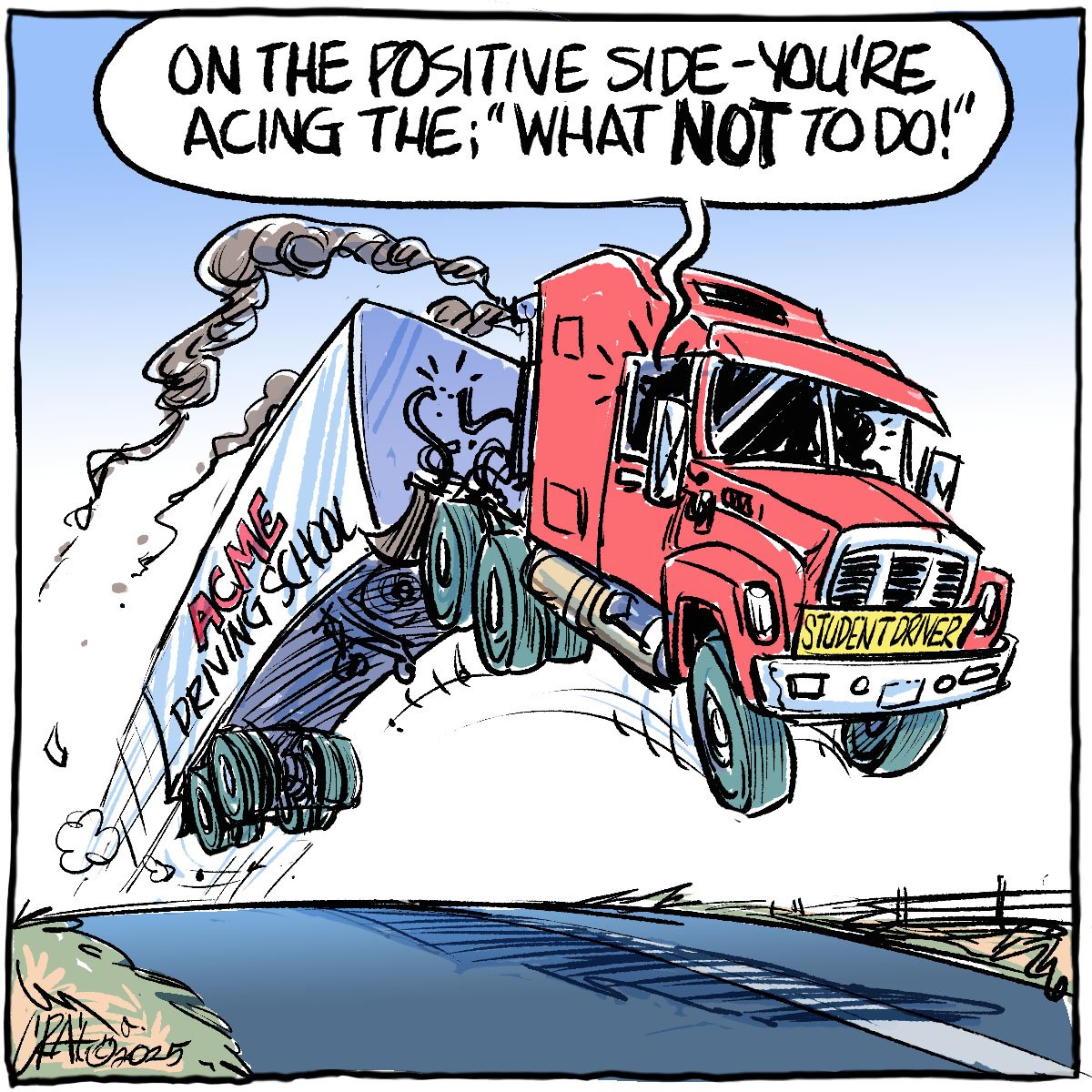IS SOCIAL justice compatible with environmental justice? If social justice requires economic expansion and environmental justice requires industrial regulation, aren’t these two concerns moving in the opposite direction?
Solidarity is one of the principles of ecojustice but it is also an ethical concept drawn from struggles between people. It is union members that sing solidarity forever, isn’t it?
Another ecojustice principle is “socially just participation.” This makes sense when we are talking about the American presidential primaries. How can it make sense in an environmental sense?
Read Also

Efforts to improve trucking safety must be applauded
The tragedy of the Humboldt Broncos bus crash prompted calls for renewed efforts to improve safety in the trucking industry, including national mandatory standards.
Let’s start with money. Canada’s currency is closely tied to the values of our commodity exports. As oil reaches $100 per barrel, investors look at profits being made in the oil patch and bid up the price of Canadian assets.
This increases the pressure to eliminate the barriers to resource exploitation. Profits are there to be made now. Ethical concerns for the state of creation tomorrow don’t calculate as easily.
The logic of the oil patch also applies to the rising price of gold and other minerals. Mining often happens in remote regions and frequently occurs on land where title is disputed by indigenous peoples.
For example, the Canadian company Goldcorp, owner of a Red Lake, Ont., gold mine, operates a mine in Guatemala in defiance of the wishes of local indigenous communities. When Canadians express their solidarity with aboriginal groups in Canada or Central America, they are expressing their concern for social justice and environmental justice simultaneously.
A concern of the indigenous communities in Guatemala is the use of cyanide in the mining process. This is also a concern of Canadians.
Mining companies routinely use Canadian fresh water lakes as industrial waste dumps called tailings impoundment areas.
According to Mining Watch, a Canadian nonprofit environmental and social justice coalition, there are applications to engage in this activity in Sandy Pond, N.L., Bucko Lake, Man., and Fish Lake, B.C., along with 10 other sites across the country.
While current figures from the Canadian mining industry are not available, in 2005 the U.S. mining industry released 530 million kilograms of pollutants.
The chemicals released in tailings and waste rock included almost 840,000 kg of cyanide, 1.6 million kg of mercury and 77 million kg of arsenic.
It’s no wonder the Canadian Catholic bishops said “the cry of the earth and the cry of the poor are one.”
Canadian churches have also been reflecting on these issues of social and environmental justice. In a document reflecting on guidelines for biotechnology, the Canadian Council of Churches includes the following principles:
- We carefully and comprehensively consider benefits and/or harm to all creation both now and in the future.
- We share responsibility for the common good of all people and creation.
- We pay particular attention to the implications for the poor, the marginalized, the weakest, as we seek to do justice, love kindness and walk humbly with God.
- We advocate and nurture dialogue across the whole community to ensure all voices are heard and considered.
In these guidelines you can see the ethical standards of solidarity and socially just participation being applied.
Ecojustice is neither a contradiction nor an option. If we want to build a moral economy in a sustainable society, we will require a relationship with all of creation that has sufficient resources for all.
Christopher Lind has published widely in the area of ethics and economics. He is a Senior Fellow at Massey College, University of Toronto.














